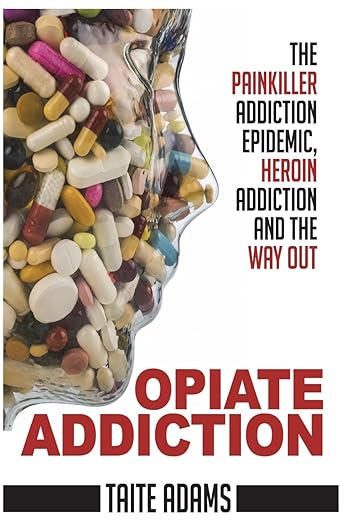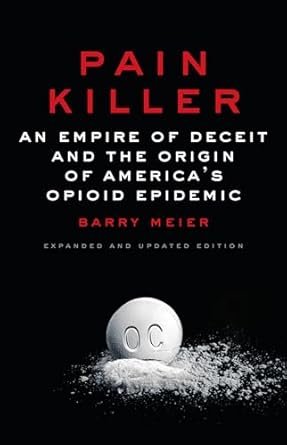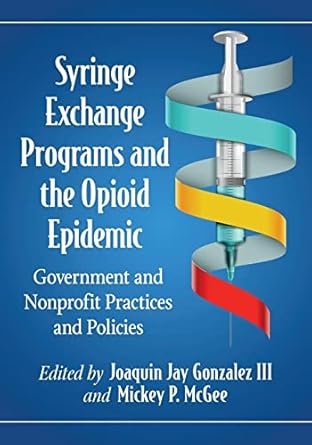Heroin
Heroin is processed from morphine, a naturally occurring substance extracted from the seed-pod of the Asian poppy plant. Heroin usually appears as a white or brown powder.
The short-term effects of heroin abuse appear soon after a single dose and disappear in a few hours. Users report feeling a surge of euphoria ("rush") accompanied by a warm flushing of the skin, a dry mouth, and heavy extremities. Following this initial euphoria, the user goes into an alternately wakeful and drowsy state. Mental functioning becomes clouded due to the depression of the central nervous system.
From Our Collection
Heroin use is associated with serious health conditions, including fatal overdose, spontaneous abortion, collapsed veins, HIV/AIDS, hepatitis, and infections of the heart lining and valves, abscesses, cellulitis, and liver disease. Pulmonary complications, including various types of pneumonia, may result from the poor health of the user, as well as from heroin's effects on respiration.
Harm reduction approaches, such as needle exchange, can prevent infections, and naloxone, the overdose-reversing drug, can save lives. Click here to learn more.
Sources: DEA, CDC
Addiction is Treatable.
- In Connecticut, help is available by calling 1-800-563-4086.
- In the United States, call 1-800-662-HELP (4357) or visit findtreatment.gov
Locate a Treatment Facility
Self-Help Groups
Fact Sheets
Research & Data
- PubMed
PubMed comprises more than 20 million citations for biomedical literature from MEDLINE, life science journals, and online books. Citations may include links to full-text content from PubMed Central and publisher websites.
- Research Data, Measures & Resources - NIDA
Links to various NIDA publications, databases, surveillance, prevention & treatment resources, and more.
- SAMHSA Data
Find data and reports on mental health, substance use treatment, and drug use from sources that include: the National Survey on Drug Use and Health (NSDUH), Treatment Episode Data Set (TEDS), National Survey of Substance Abuse Treatment Services (N-SSATS), National Mental Health Services Survey (NMHSS), and more.




